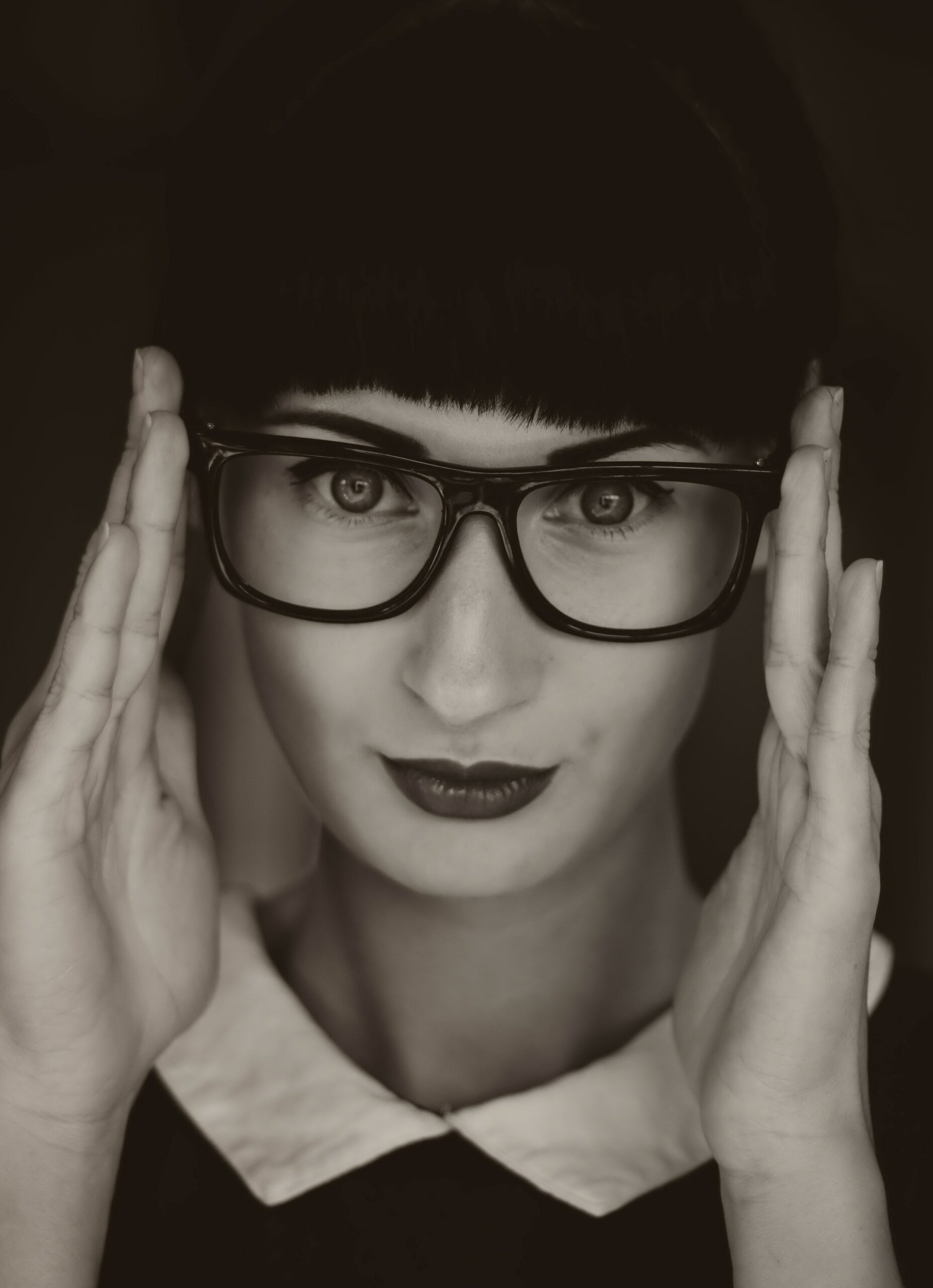Is it better to correct vision to 1.2 or 1.0?

When we need a new prescription eyeglasses , of course, we have to know our prescription. What about glasses that are corrected to 1.0 or corrected to 1.2? Let’s talk about this today.
When wearing glasses, you should follow the principle of the best corrected visual acuity maximum orthokeratology. The best corrected visual acuity is the best visual acuity that the customer’s eyes can achieve, the general medical prescription corrected visual acuity only needs to 1.0 that the national standard of 5.0 can be, depending on the different work
When wearing myopia glasses, should be able to achieve the best visual acuity (1.0) of the lowest myopia prescription, so as to ensure that the eyes look clear and bright when far, and not overly fatigued when looking close. The corrected visual acuity mentioned here refers to the monocular corrected visual acuity, monocular corrected visual acuity of 1.0, binocular corrected visual acuity may be 1.2. Sometimes patients who do not need to use their eyes often corrected visual acuity corrected to 0.8 is also possible.
When wearing myopia glasses, should be able to achieve the best visual acuity (1.0) of the lowest myopia prescription, so as to ensure that the eyes look clear and bright when far, and not overly fatigued when looking close. The corrected visual acuity referred to here refers to the monocular corrected visual acuity, monocular corrected visual acuity of 1.0, binocular corrected visual acuity may be 1.2. Sometimes patients who do not need to use their eyes often corrected visual acuity corrected to 0.8 is also possible.
Some myopic patients, always hope that the corrected visual acuity of the glasses to reach 1.5, or even higher, that the brighter the glasses, the better, the higher the visual acuity; some hope that the corrected visual acuity does not reach 1.0, afraid to see more clearly the faster the growth of myopia. In fact, both cases will damage the regulation function of the eye, break the coordination of the regulation function and the collection function, causing visual fatigue, and even deepen myopia.
Regardless of the amount of corrected visual acuity need you reasonable scientific eye, with glasses is only refractive correction, not a means of treatment, to effectively curb the development trend of myopia key is to cooperate with targeted treatment control.
Myopia correction can generally be above 1.0, if the vision can not be corrected to more than 1.0, there are several main reasons.
- The glasses are not well fitted, such as low lens prescription, astigmatism and the lenses do not add astigmatism, or astigmatism axis is not correct.
- Myopic amblyopia, myopic patients have not been corrected with glasses for a long time, the retina can not get a clear image, especially the diopter of the two eyes is not equal, resulting in the image of both eyes can not be fused, the visual cortical center needs to inhibit the diopter of the larger image, so amblyopia occurs over time, then the glasses can not be corrected.
- Myopic fundus changes, medium and high myopic eyes have characteristic fundus changes, namely retinal pigment epithelial dystrophy, loss of pigment, leopard-shaped fundus, eye lengthening, optic disc tilt, and arcuate spots. The changes in the macular area of the myopic fundus that affect the central vision, such as hemorrhage, degeneration, fissure, Fuchs’ spot and posterior scleral chylomalacia.
- There are myopic complications such as vitreous clouding and detachment, cataract, retinal detachment, etc. that affect visual function.




